Cost Efficiency and Time Savings
Cost efficiency and time savings are pivotal factors propelling the Electric Vehicle Battery Swapping Market. Battery swapping systems can reduce the total cost of ownership for electric vehicles by minimizing the need for expensive battery purchases. Instead, users can pay for battery usage, which can be more economical in the long run. Moreover, the time required for a battery swap is significantly less than traditional charging methods, often taking only a few minutes. This efficiency is particularly appealing for commercial fleets and ride-sharing services, where downtime can lead to substantial revenue losses. As the market evolves, the Electric Vehicle Battery Swapping Market is expected to capitalize on these advantages, attracting both individual consumers and businesses seeking operational efficiency.
Government Incentives and Policies
Government incentives and policies play a crucial role in shaping the Electric Vehicle Battery Swapping Market. Many governments are implementing supportive measures to promote electric vehicle adoption, including subsidies for battery swapping infrastructure and tax incentives for consumers. These initiatives aim to reduce the initial costs associated with electric vehicles and encourage the development of battery swapping stations. In 2025, several countries are expected to allocate substantial funding towards the establishment of battery swapping networks, which could significantly enhance market penetration. As these policies take effect, the Electric Vehicle Battery Swapping Market is likely to benefit from increased investment and consumer interest, fostering a more sustainable transportation ecosystem.
Rising Demand for Electric Vehicles
The increasing demand for electric vehicles (EVs) is a primary driver for the Electric Vehicle Battery Swapping Market. As consumers become more environmentally conscious, the shift towards EVs accelerates. In 2025, the number of electric vehicles on the road is projected to surpass 30 million units, indicating a robust growth trajectory. This surge in EV adoption necessitates efficient battery management solutions, such as battery swapping, which offers quick recharging options. The convenience of battery swapping can alleviate range anxiety among consumers, thereby enhancing the overall appeal of electric vehicles. Consequently, the Electric Vehicle Battery Swapping Market is likely to experience significant growth as it aligns with the increasing consumer preference for sustainable transportation solutions.
Growing Urbanization and Mobility Solutions
The trend of growing urbanization is driving the need for innovative mobility solutions, thereby influencing the Electric Vehicle Battery Swapping Market. As urban populations expand, the demand for efficient and sustainable transportation options intensifies. Battery swapping offers a practical solution to address the challenges of urban mobility, such as traffic congestion and limited parking space. In densely populated areas, the ability to quickly swap batteries can facilitate the use of electric vehicles for short trips and shared mobility services. This trend is expected to lead to the establishment of more battery swapping stations in urban centers, further propelling the Electric Vehicle Battery Swapping Market. As cities seek to reduce their carbon footprint, battery swapping may emerge as a key component of future urban transportation strategies.
Technological Innovations in Battery Management
Technological innovations in battery management systems are enhancing the viability of the Electric Vehicle Battery Swapping Market. Advanced battery technologies, such as solid-state batteries and improved lithium-ion chemistries, are being developed to increase energy density and reduce charging times. These innovations not only improve battery performance but also facilitate the integration of battery swapping solutions. For instance, the implementation of smart grid technologies allows for optimized energy distribution during battery swaps, ensuring that batteries are charged efficiently. As these technologies mature, they are likely to bolster the Electric Vehicle Battery Swapping Market by providing more reliable and efficient battery solutions, thus attracting a broader customer base.


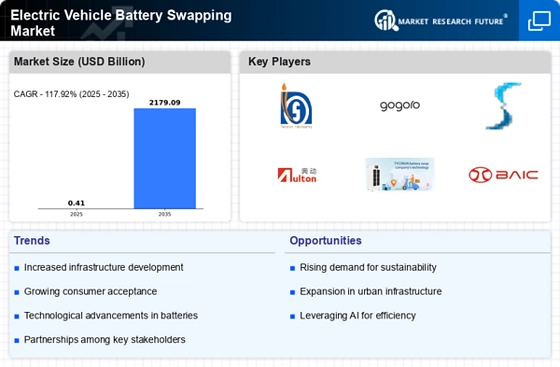
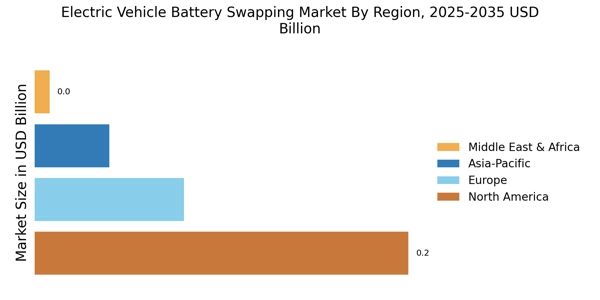

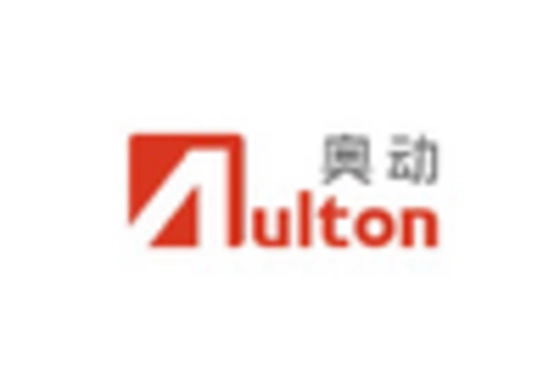
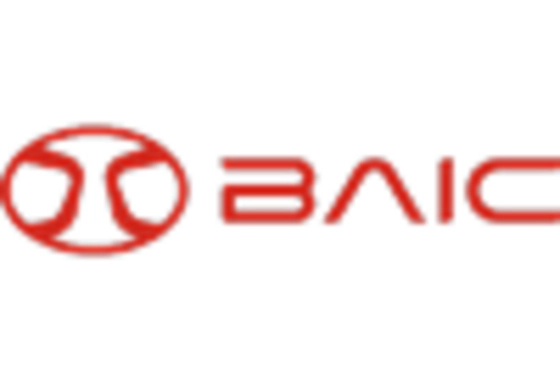
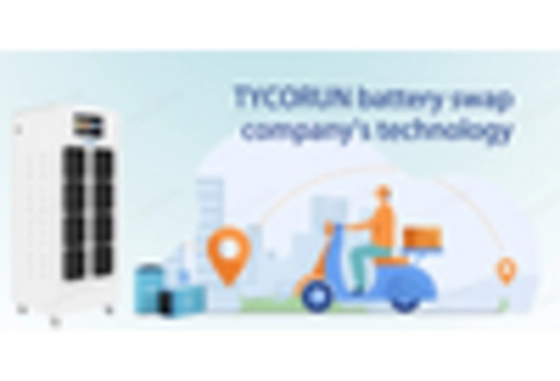
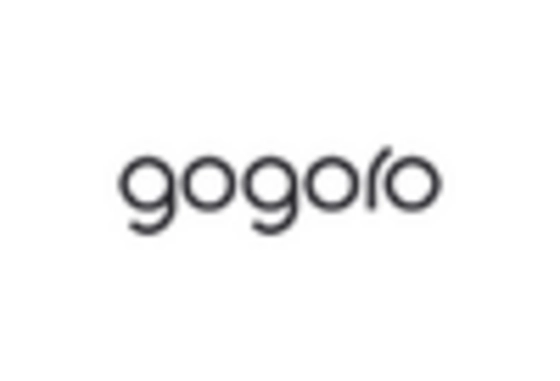









Leave a Comment